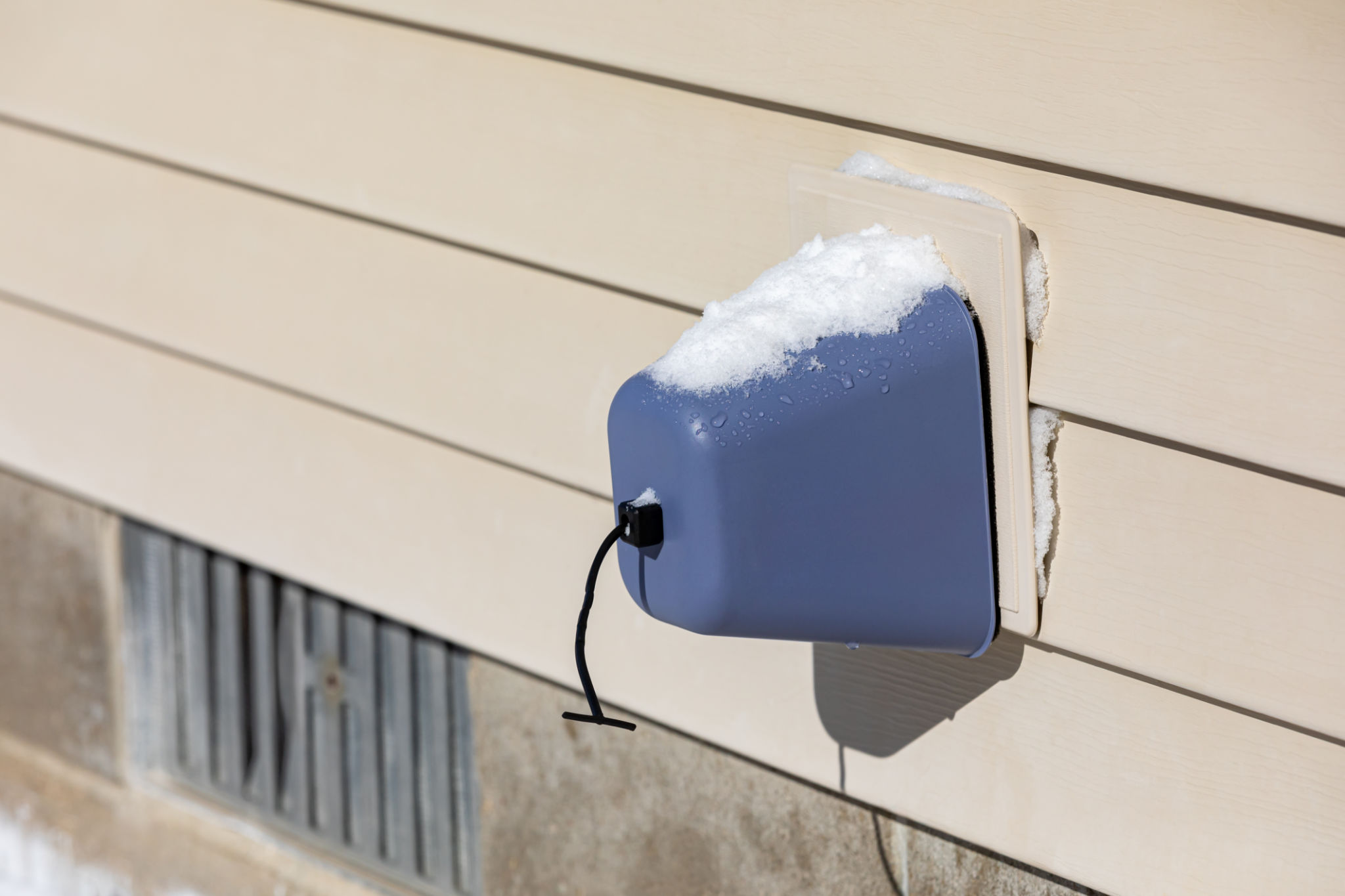Preparing Your Fire Escapes for Winter: Seasonal Safety Tips
Understanding the Importance of Fire Escape Maintenance
As the winter months approach, many people focus on heating their homes and ensuring their properties are safe from the cold. However, an often-overlooked aspect of winter preparations is the maintenance of fire escapes. Ensuring that your fire escape is in optimal condition not only complies with safety regulations but also protects you and your family in case of an emergency.

Fire escapes are essential for providing a safe exit route during emergencies, but they can also become hazardous if not properly maintained. Harsh winter conditions can exacerbate wear and tear, making it crucial to prepare them for the colder months.
Inspecting Your Fire Escape for Damage
Before winter sets in, conduct a thorough inspection of your fire escape. Look for any signs of rust, loose bolts, or other structural issues that could compromise its integrity. Pay special attention to joints and connections, as these areas are often the first to show signs of deterioration.

If you notice any damage, it's important to address it immediately. Consider hiring a professional to assess the situation and perform necessary repairs. This proactive approach can prevent small issues from turning into significant problems during the winter months.
Cleaning and Debris Removal
Debris such as leaves, dirt, and snow can accumulate on fire escapes, creating slippery and dangerous conditions. Regularly clean your fire escape to ensure it's free from obstructions. Use a broom or pressure washer to remove dirt and leaves, and ensure that gutters are cleared to prevent overflow onto the escape.
- Remove all leaves and debris.
- Clear snow as soon as possible after a storm.
- Ensure that gutters are functioning properly.
Winterizing Your Fire Escape
Winterizing your fire escape involves taking steps to protect it against harsh weather conditions. Applying a weather-resistant sealant can help prevent rust and corrosion. Additionally, consider installing anti-slip treads on stairs and platforms to minimize the risk of slipping on ice or snow.

Make sure the ladder or stairs are easy to deploy even in cold temperatures. Lubricate moving parts to ensure they function smoothly when needed. This simple maintenance step can make all the difference during an emergency situation.
Emergency Readiness
In addition to maintaining the physical structure of your fire escape, it's important to ensure that everyone in your household is familiar with its use. Conduct regular fire drills to practice exiting the home using the fire escape. Make sure that all family members, including children, know how to safely and quickly navigate it.
- Conduct regular fire drills.
- Ensure everyone knows how to use the fire escape.
- Keep the path to the fire escape clear at all times.
Conclusion
Preparing your fire escapes for winter is a critical component of home safety that should not be neglected. By taking proactive measures to inspect, clean, and winterize your fire escape, you can ensure that it remains a reliable exit route during emergencies. Prioritize these safety tips to keep your household protected throughout the colder months.
